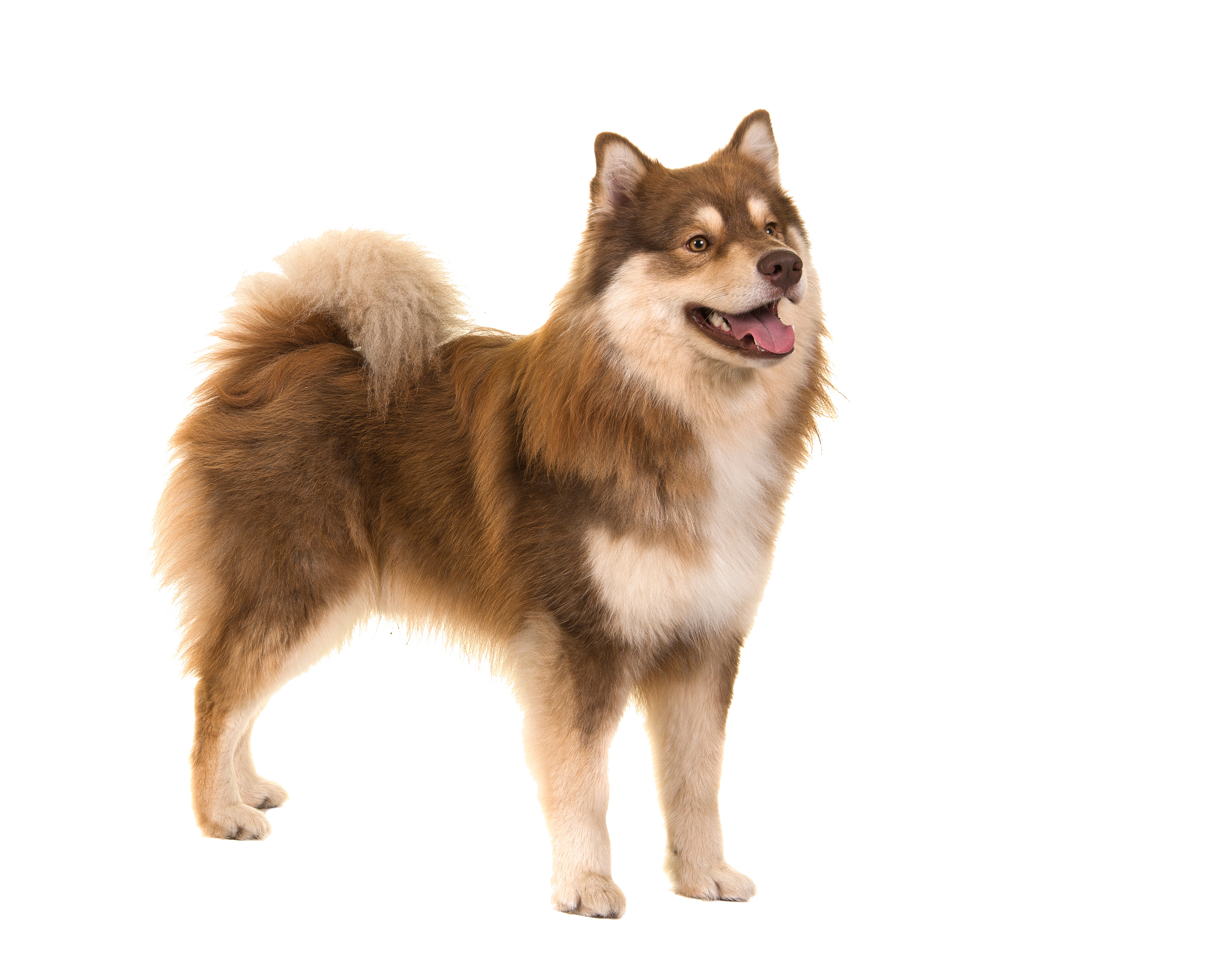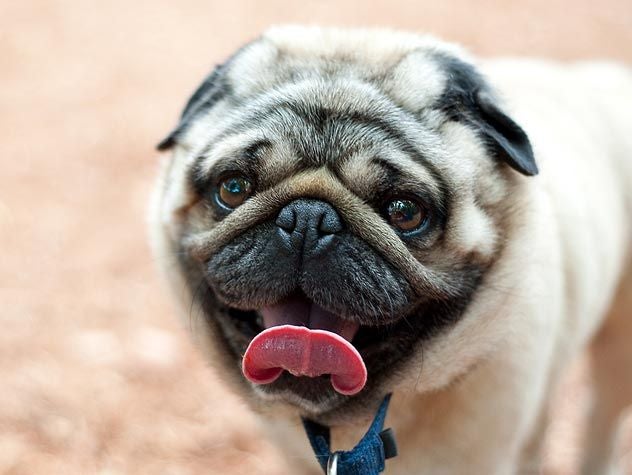Finnish Lapphund
Scandinavian in looks and demeanor, the Finnish Lapphund is a medium-sized dog that was bred to work in harsh Nordic conditions. They are muscular dogs with thick, waterproof coats that keep them insulated while herding. They have incredible speed and agility and walk with a powerful stride.
Breed characteristics carousel
Learn More
Need to Know
- Dog suitable for owners with some experience
- Extra training required
- Generally healthy breed
- Enjoys vigorous walks
- Medium dog
- Minimal drool
- Requires frequent grooming
- Chatty and vocal dog
- Barks and alerts to visitors/anything unusual
- Could have issues with unknown dogs but gets along with known dogs
- May need additional training to live with other pets
- May need additional supervision to live with children
- Needs a small yard, either in suburban or rural areas
- Can be left alone occasionally with training
- AKC Registered Breed

Personality
Gentle and loving, the Finnish Lapphund dog is a quick learner who can have a headstrong streak. They are submissive toward people, deferring to their owners. They excel at obedience. They generally get along well with other dogs and pets. They only bark when excited or alert and are otherwise generally quiet dogs.
Spitz-type dogs resembling the Finnish Lapphund have been around for centuries, maybe even thousands of years. The dogs worked as herders and gatherers, helping to drive livestock. The nomadic Saame in Lapland, a region of northern Finland, Sweden, and parts of Russia, used them to herd reindeer. As herding work disappeared and snowmobiles came about, the Saame people became less nomadic, and the dogs were out of a job. World War II made the population dwindle even further. A group of Finnish breeders helped revive the breed, which is also known as the Suomenlapinkoira in Finland. The dog is one of the most popular breeds there but only came to America in the late 1980s.
Prone to separation anxiety, the Finnish Lapphund dog needs owners who will be home lots of the day, giving them walks, training, and snuggles. The Finnish Lapphund breed is happiest when they are given a job to do. They can be noisy, so owners will need to learn to tolerate their bark. Like most Spitz types, the Lapphund dog sheds.
The Finnish Lapphund needs daily exercise including training and mental stimulation. They are active and enjoy activities such as agility courses in addition to hiking, running, and more. They have a can-do attitude and a problem-solving mind.
The Finnish Lapphund is ideally suited to a home in a colder climate, or one that at least doesn’t have the heat blasting all day. Their coat is waterproof but can get wet and muddy, so space to dry off is a good idea to protect your furniture and floors. They need a yard to roam and play, and their barking makes them ideal candidates for homes in suburban or rural areas rather than city life.
The thick coat of the Finnish Lapphund is a double coat that is shorter on the head and front of the legs. It has a long and straight top coat and a thick and soft undercoat. Male Finnish Lapphund dogs have a mane of thick hair around their chests and necks. The dogs do shed, so get your vacuum ready—but frequent grooming can help reduce the amount of hair around your house.
The Finnish Lapphund loves training for training’s sake, making them a fun and engaging dog to work with. They enjoy games and anything that will keep them entertained. Work on a strong recall to overcome herding instincts and be sure to socialize them properly from a young age to prevent excessive barking.
The Finnish Lapphund dog breed is a good choice for families with older children or no children who live in colder climates, preferably with neighbors far away. They might try to herd small children.
The cost of a Finnish Lapphund from a breeder is significantly more than the cost of adopting one from a local shelter or rescue. The adoption fee usually covers additional items such as spaying or neutering, vaccines, and microchipping.

Learn more about feeding and caring for your Finnish Lapphund on Purina.
Did You Know?
- The Finnish Lapphund’s toes are spread out, almost like a snowshoe to help them gain traction.


